Galaxy Z TriFold represents Samsung’s boldest leap into the future of mobile technology. This groundbreaking tri-fold device promises to reshape how we think about smartphones and tablets. However, beneath the innovative exterior lies a concerning reality that could impact daily usability.
Samsung’s latest foldable handset brings a cutting-edge design to the market. The company aims to compete directly with devices like the Galaxy S25 series and challenge rivals, including the Oppo Find N5. But will charging limitations hold back this revolutionary Samsung smartphone?
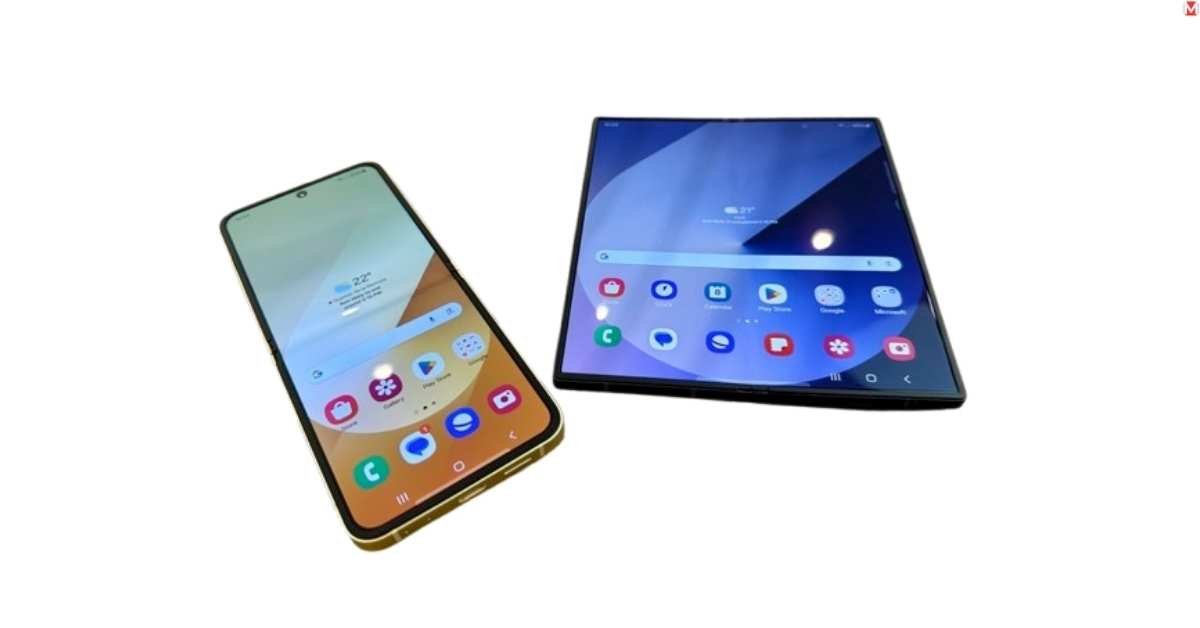
Galaxy Z TriFold's 25W Charging Limitation
The Galaxy Z TriFold delivers disappointing charging speeds that feel outdated in 2025. Samsung confirmed through 3C certification that this tri-fold gadget maxes out at just 25W charging power.
Real-world charging times paint a concerning picture. While the Samsung Galaxy S25 Ultra charges from 0 to 100% in approximately 70 minutes, the Galaxy Z TriFold takes nearly 2 hours. This significant difference impacts user experience dramatically.
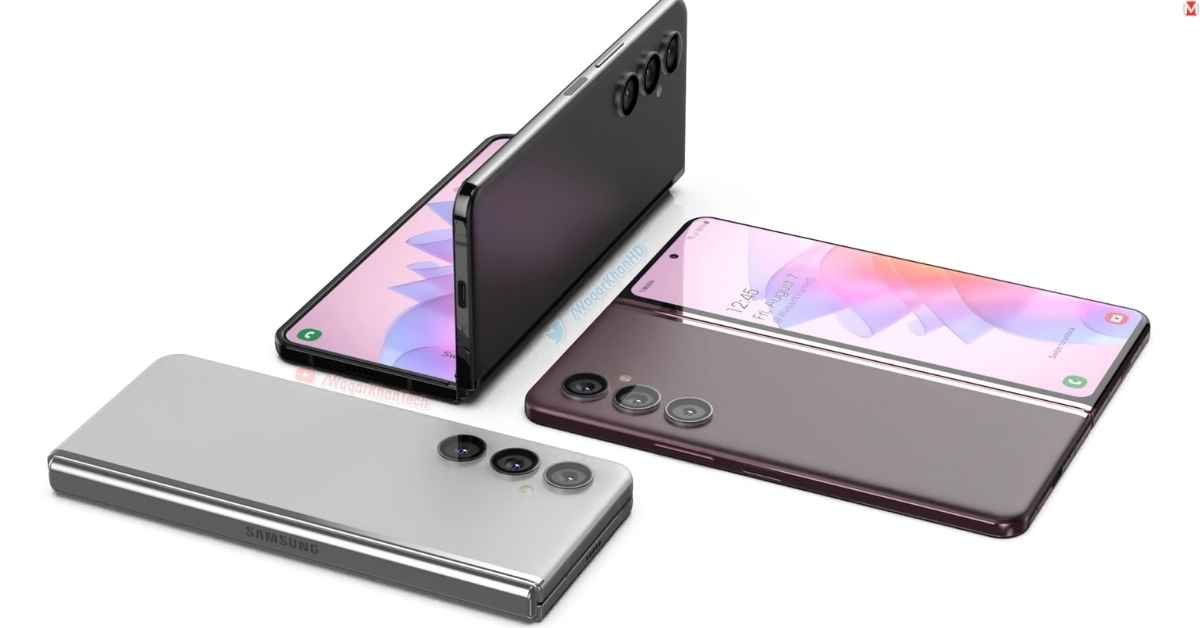
Why Samsung chose conservative charging
- Heat management in ultra-thin design
- Battery longevity concerns
- Safety protocols for multiple cells
Samsung’s engineering team faced tough decisions. The tri-fold device requires a complex internal architecture that limits charging infrastructure. Unlike traditional smartphones such as the Z Fold 6, this Samsung foldable needs specialized cooling solutions.
The company prioritized reliability over speed. Samsung learned from past battery incidents and chose cautious charging protocols. However, users accustomed to flagship performance might find this approach frustrating.
Why Battery Life Could Be the Deal-Breaker
Battery performance represents the Galaxy Z TriFold’s biggest challenge. The 10-inch unfolded display consumes massive amounts of power compared to standard smartphones.
Multiple displays create a constant energy drain. Even when folded, the outer screens remain active for notifications and quick interactions. This always-on functionality significantly impacts overall battery life.
Power consumption breakdown
| Component | Power Usage | Impact Level |
|---|---|---|
| Main Display | 35% | High |
| Secondary Displays | 25% | Medium |
| Processor | 20% | Medium |
| Cameras/Sensors | 20% | Low |
Heavy multitasking scenarios drain the battery faster than expected. Business users running multiple apps simultaneously experience rapid power depletion. Gaming and media consumption on the large screen accelerate this drain even further.
The Galaxy Z TriFold’s battery capacity remains around 4,500mAh. While respectable for traditional phones, this tri-fold device demands significantly more power. Samsung’s silicon-carbon battery technology helps maximize density but can’t overcome fundamental physics.
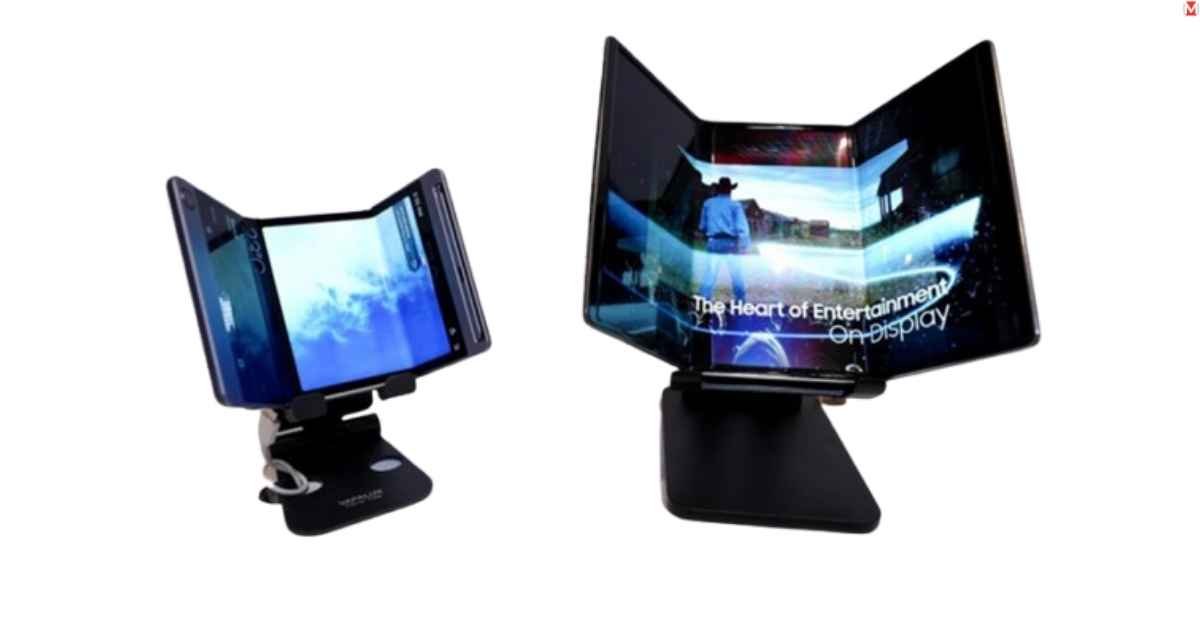
Tri-Fold Design Meets Power Demands
Engineering a Galaxy Z TriFold requires unprecedented compromises. The dual-hinge design complexity directly affects internal component placement, including battery positioning.
Weight distribution becomes critical with three display panels. Samsung engineers must balance structural integrity against battery capacity. Every millimeter of internal space carries premium value in this Samsung foldable.
Thermal management presents a nightmare scenario. Multiple processors, displays, and charging circuits generate substantial heat. The ultra-thin form factor limits cooling solutions compared to thicker devices like the Galaxy S25 series.
The company implemented advanced heat dissipation techniques. Vapor chamber cooling and graphite thermal pads help manage temperatures. However, performance throttling remains necessary to prevent overheating during intensive use.
Despite these challenges, the Galaxy Z TriFold offers compelling benefits. Unfolded productivity gains justify power trade-offs for many users. The device effectively replaces both a smartphone and a tablet in professional scenarios.
Samsung's Charging Speed vs. Rivals in 2025
Samsung’s conservative 25W charging feels antiquated against 2025 competition. The Galaxy Z TriFold significantly lags behind rivals in charging performance.
Charging speed comparison
| Device | Charging Speed | 0-100% Time |
|---|---|---|
| OnePlus 12 Pro | 100W | 25 minutes |
| Xiaomi 15 Ultra | 120W | 20 minutes |
| Galaxy Z TriFold | 25W | 115 minutes |
| Oppo Find N5 | 67W | 45 minutes |
The foldable landscape shows mixed results. Honor’s Magic V3 offers 66W charging, while Huawei’s Mate X5 matches that speed. Samsung’s approach prioritizes long-term battery health over convenience.
This conservative strategy reflects Samsung’s reliability-first philosophy. The company learned valuable lessons from previous battery incidents. However, premium pricing doesn’t align with modest charging specifications.
Market positioning becomes questionable when the Samsung Galaxy S25 Ultra offers faster charging at lower prices. Users expect cutting-edge features throughout the price spectrum, not selective modernization.
Galaxy Z TriFold Features and Price
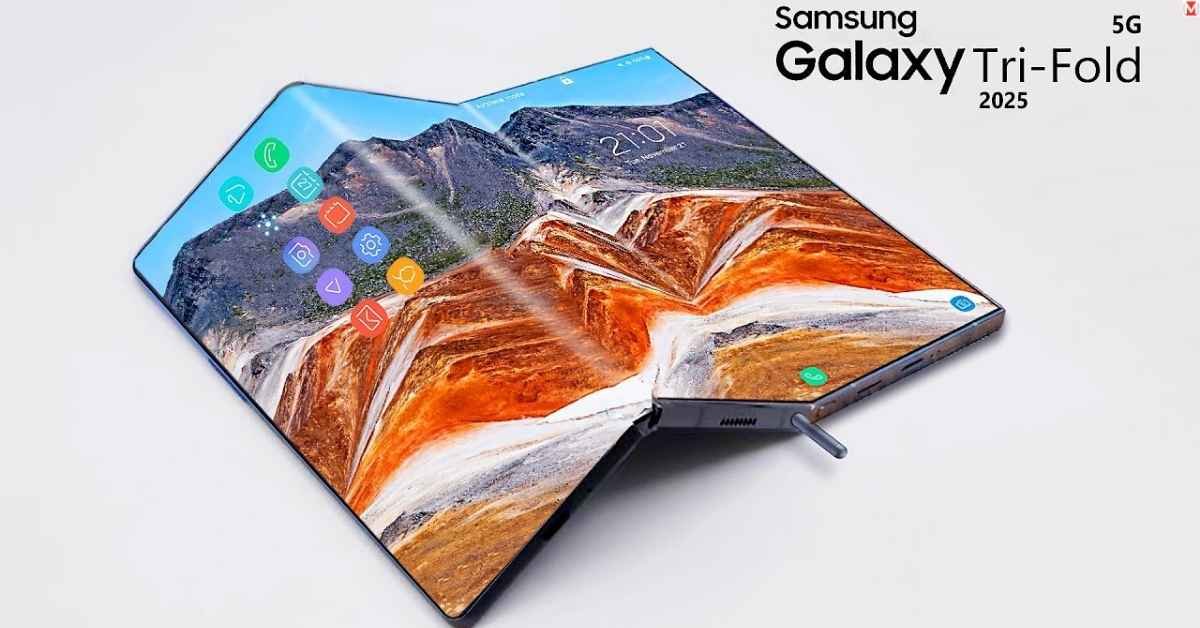
The Galaxy Z TriFold launches with impressive specifications despite charging limitations. Samsung equipped this tri-fold device with the latest Snapdragon 8 Elite processor for flagship performance.
Android XR integration represents a major selling point. This Samsung smartphone becomes the first device supporting Google’s new immersive platform. The large unfolded screen provides ideal conditions for AR and VR experiences.
Core specifications
- Snapdragon 8 Elite processor
- 12GB RAM standard
- 256GB/512GB storage options
- Triple camera system with 50MP main sensor
Pricing reflects Samsung’s premium positioning strategy. The Galaxy Z TriFold starts around USD 2,800, competing directly with high-end tablets and laptops. Pre-orders begin in September 2025 with October availability.
Value proposition analysis reveals mixed results. While innovative, the price point challenges traditional device categories. Users might prefer separate Z Fold 6 and tablet combinations for similar functionality at lower costs.
The Real-World Impact on Daily Use
Daily usage patterns reveal the Galaxy Z TriFold’s charging limitations most clearly. Professional scenarios create particular challenges for power management.
All-day conferences become stressful experiences. Users constantly monitor battery percentages instead of focusing on presentations. Airport charging stations become essential stops rather than conveniences.
Client meetings suffer when devices die unexpectedly. The Samsung foldable’s impressive display means nothing without adequate power backup. Business users report anxiety about battery life during crucial interactions.
Common workaround solutions
- Wireless charging pad investments
- High-capacity power banks
- Car charger upgrades
- Multiple charging cables
Consumer lifestyle impacts prove equally significant. Weekend trips require careful charging logistics that traditional smartphones handle effortlessly. Social media usage and photography sessions face unexpected limitations.
The Galaxy Z TriFold’s innovation comes with practical compromises. Users must adapt their behaviors around charging constraints rather than enjoying seamless mobile experiences.
Can Software Optimization Save the Day?
Software optimization represents Samsung’s best hope for addressing charging concerns. Machine learning algorithms can improve battery management significantly through intelligent power distribution.
Samsung’s AI advantages include adaptive charging protocols that learn user patterns. The system adjusts power allocation based on usage history and predicted needs. Background app management becomes more sophisticated with tri-fold device requirements.
Android XR efficiency offers additional optimization potential. This Samsung smartphone benefits from Google’s latest power-saving technologies designed specifically for immersive experiences. Display refresh rates adjust dynamically based on content requirements.
Third-party solutions provide limited help. Battery management apps offer marginal improvements but can’t overcome hardware limitations. Custom ROM development remains restricted due to the complex tri-fold architecture.
The company promises regular software updates focused on power efficiency. However, fundamental charging speed limitations require hardware solutions that software cannot address completely.
READ MORE ABOUT: Galaxy Z TriFold boasts the Snapdragon 8 Elite processor
Frequently Asked Questions
The Galaxy Z TriFold takes approximately 115 minutes to charge from 0 to 100% using its 25W charging capability.
Samsung equipped the Galaxy Z TriFold with a 4,500mAh battery using advanced silicon-carbon technology for improved density.
Samsung plans to launch the Galaxy Z TriFold in October 2025, with pre-orders beginning in September 2025.
The Galaxy Z TriFold's 25W charging is slower than the Samsung Galaxy S25 Ultra, which offers faster charging in a more affordable package.
Software optimization can help manage power consumption more efficiently, but cannot overcome the fundamental 25W charging speed limitation.
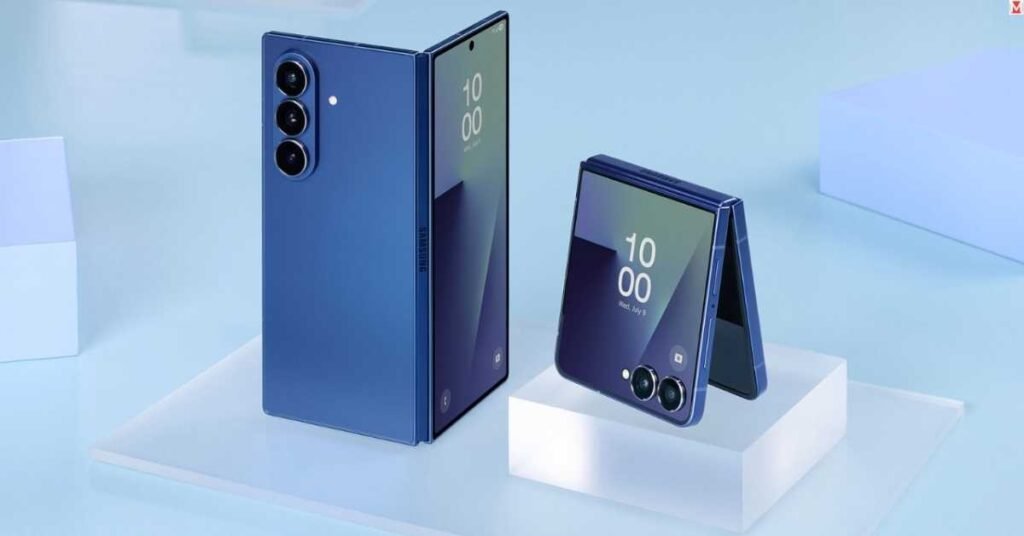


Pingback: How Chromebook Plus's Text Capture And Simplify Tools Are Reshaping Homework & Workflow Efficiency - The Mainland Moment
Pingback: How Chromebook Plus’s Text Capture And Simplify Tools Are Reshaping Homework & Workflow Efficiency
Pingback: 8 Free Open-Source IPhone Apps For 2025 — No Ads, No Tracking, Works Offline, All From The App Store - The Mainland Moment